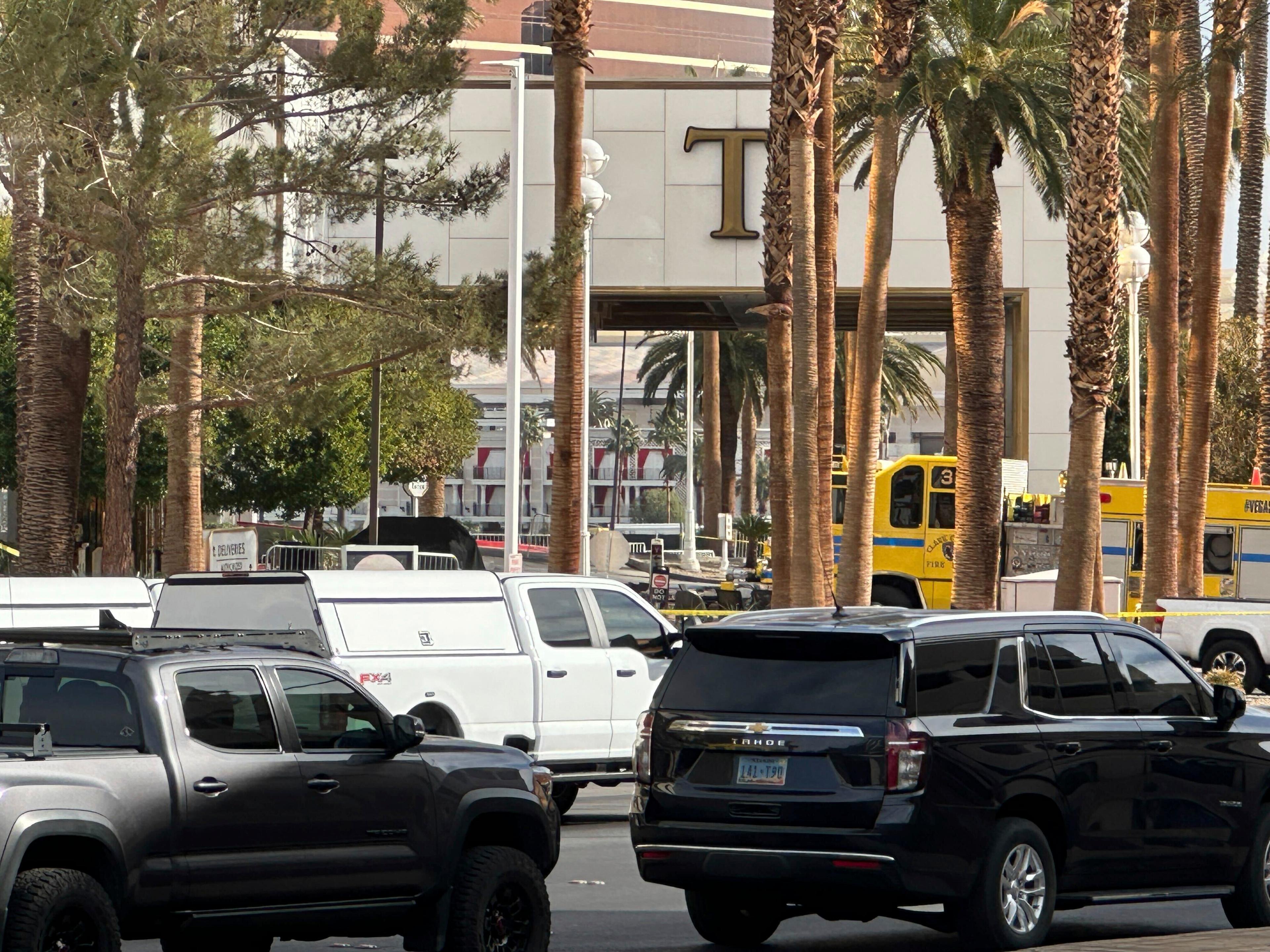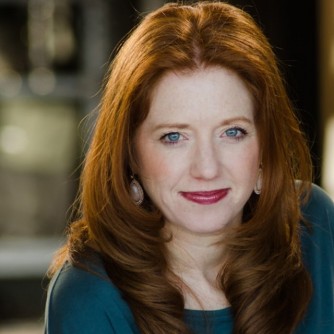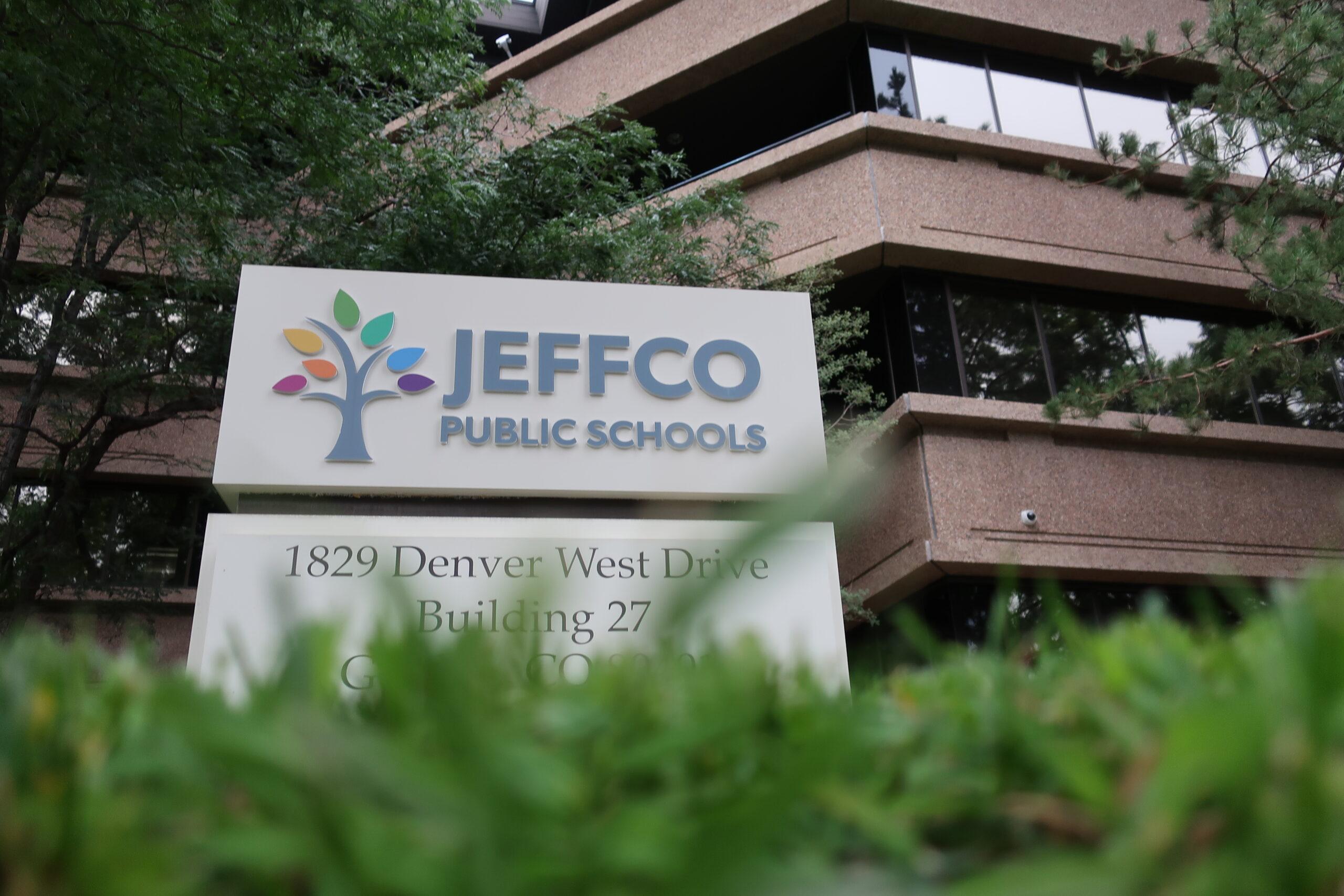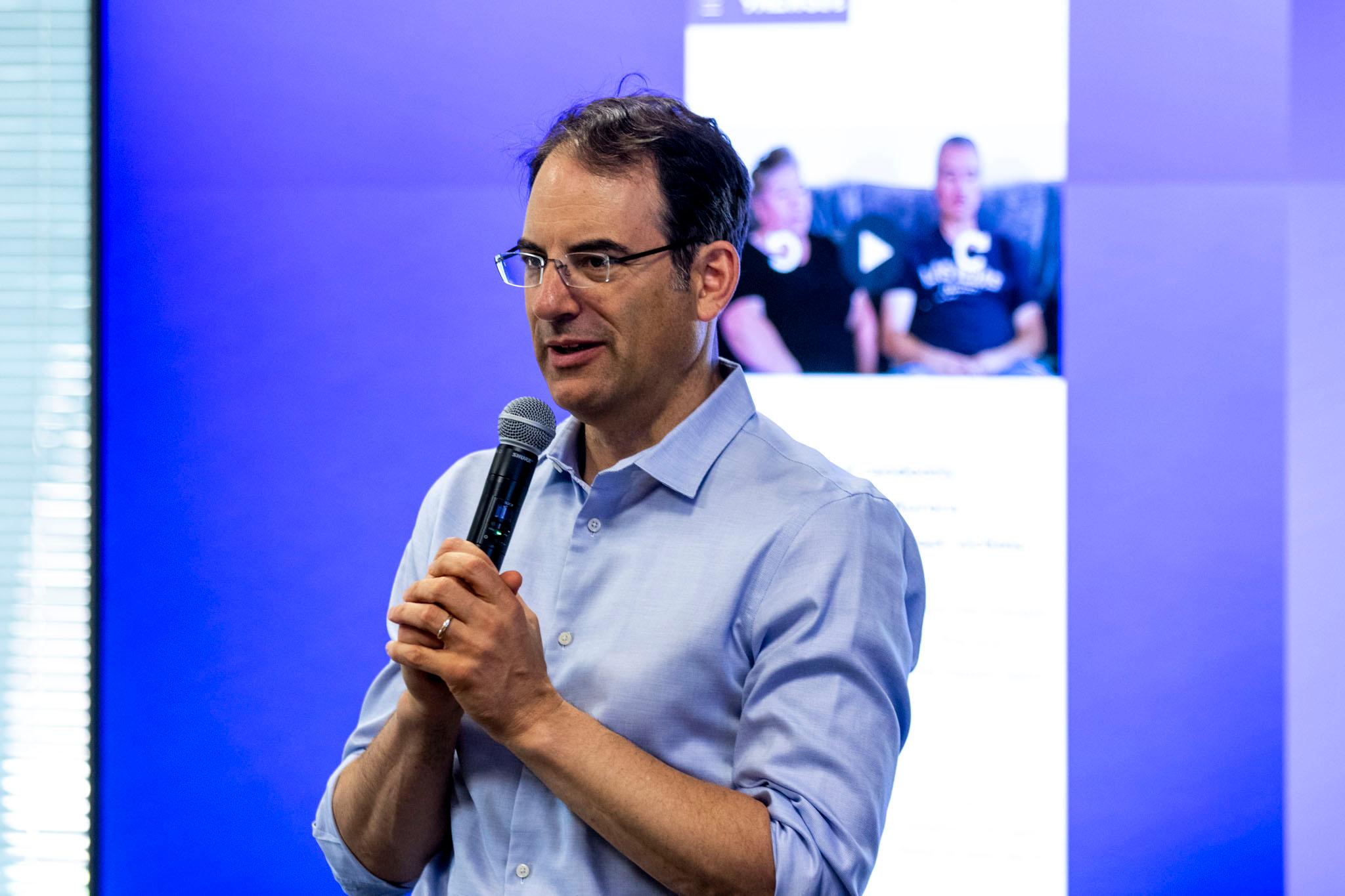Vacant lots dot lower-income neighborhoods across the country. In many cities, urban growers have planted in those lots, repurposing abandoned city land into gardens with farmers markets and healthy food.
But cities often still register such plots as "vacant," which allows them to be snatched up by housing developers. In communities where both housing and fresh food are needed, the fight over valuable vacant land is prompting policy reform — and tense collaboration — between developers and gardeners.
"People who live near [vacant lots] should have a say in how they're developed, and most of the time people want to grow gardens, parks and farms," says Mara Kravitz, director of 596 Acres, an organization that maps vacant lots in New York City and advocates for community stewardship of that land.
On average, 15 percent of land in most U.S. cities is vacant, according to a study by the Center on Urban and Metropolitan Policy. In New York City alone, there are more than 15,000 parcels of vacant land. In Brownsville, Brooklyn, one of the city's poorest neighborhoods, roughly 12 acres of public land are classified as "vacant," though some of that land has been converted into thriving gardens and farms.
In fact, Brownsville has more than a dozen gardens and farms, the most of any Brooklyn neighborhood. They are an important source of fresh produce for community members. Just 40 percent of Brownsville residents live within walking distance of a supermarket.
But this network of gardens is threatened by housing developers, in part due to a need for affordable housing in the community. A recently completed development plan for Brownsville would add 2,500 affordable units to the neighborhood, built atop dozens of vacant lots, according to the city's designation. But some of that development would displace gardens — and not all the housing being developed in Brownsville is necessarily affordable.
Take Marcus Garvey Village, a 625-unit, mixed-use housing complex, co-developed by L+M Developers. The developers also bought a few vacant lots in the vicinity several years ago, one of which is currently a 20,000-square-foot farm owned by Project Eats, a nonprofit farming coalition. L+M actually funded the farm, which hosts twice-weekly farmers markets and has its own café.
But now the farm has an expiration date. The developers are expanding Marcus Garvey Village, and by 2019, the crops will be replaced with mixed-use housing, which may cause a rift in the farm-developer relationship and deprive residents of a source of fresh produce.
"Our mission is to bring good, organic food to food desert areas," says Josh Weisstuch, assistant project manager at L+M, when asked about why the developers agreed to build the temporary farm in the first place. But he adds that "the threat [to gardens] is the constant drive for profit in housing, generally."
This tension between urban growing and urban growth in Brooklyn exists in other cities, too. Take Chicago, where low-resource communities are sometimes forced to choose between housing and fresh produce. Three years ago, Kofi Ademola and his neighbors in Woodlawn, on Chicago's south side, turned the vacant lot on their road into a community garden. A developer was "sitting on the land," as he describes it, but gave them permission to grow. They grew a peach tree, then an apple tree, and then added garden boxes.
But then one day the developers announced they were going to start building, Ademola says, and soon all that remained of the 15-year-old garden was the stump of the former apple true and the uprooted peach tree.
New York City is attempting to rectify the tug of war between affordable housing and healthy food sources. In December, council members passed the city's first urban agriculture bill, designed to ensure that farmers and gardeners in the community have a say in how community land is used. Before the bill, civil disobedience was the only way local gardeners could make their voices heard. In December 2016, for instance, the Isabahlia Ladies of Elegance Foundation, an urban gardening organization in Brownsville, protested against a developer who sought to buy their garden — a community anchor since the 1990s — for just $4 because the Department of City Planning listed the lot as vacant. The gardeners won the fight, with some support from the city council.
Karen Washington, an urban agriculture activist in the Bronx, is optimistic about the city's plan. As the former president of the New York City Community Garden Coalition, she spent nearly two decades turning empty lots into community gardens in her borough, with support from local politicians and neighbors.
Washington has witnessed a successful partnership between an urban garden and a developer in her Bronx community. The Kelly Street Garden, in Longwood, is part of the Kelly Street affordable housing development. Both are products of Workforce Housing Group, whose founder, John Crotty, helped add 81 affordable units and also turned a vacant lot into a community garden for the residents.
This story comes to us from the Food & Environment Reporting Network, an independent, nonprofit investigative news organization. Lea Ceasrine is a student at CUNY Graduate School of Journalism, studying health and science reporting. She has covered urban farming in Brownsville for BKYLNER.
9(MDEyMDcxNjYwMDEzNzc2MTQzNDNiY2I3ZA004))








